tin tức nổi bật
-
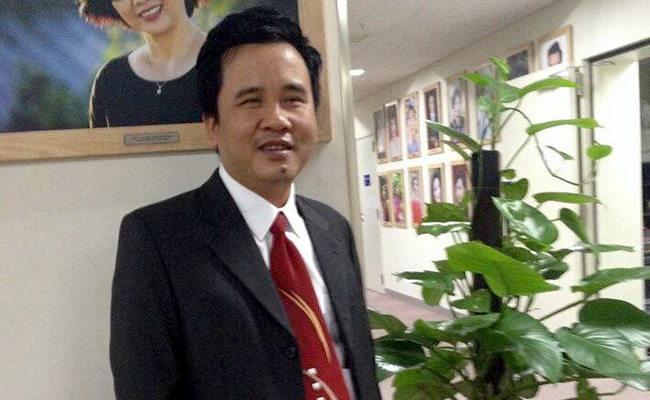 Hoàng Xuân Hạnh - Hoàng Kim: Doanh nhân người khiếm thị được biểu dương năm 2018
Hoàng Xuân Hạnh - Hoàng Kim: Doanh nhân người khiếm thị được biểu dương năm 2018
-
 Tôi mách bạn 6 Giải pháp hàng đầu để trở thành chuyên gia trong trị liệu: chữa bệnh và làm đẹp
Tôi mách bạn 6 Giải pháp hàng đầu để trở thành chuyên gia trong trị liệu: chữa bệnh và làm đẹp
-
 Hoàng Kim Massage thông kinh lạc toàn thân thải độc tố cơ thể, phục hồi sức khỏe, thổi bay những cơn đau bằng Công nghệ điện sinh học DDS
Hoàng Kim Massage thông kinh lạc toàn thân thải độc tố cơ thể, phục hồi sức khỏe, thổi bay những cơn đau bằng Công nghệ điện sinh học DDS
-
 Tẩm quất người mù Hoàng Kim tổ chức lớp Tập huấn kỹ thuật massage làm đẹp da mặt, massage giảm mỡ bụng cạo gió, giác hơi ống trúc cho nhân viên
Tẩm quất người mù Hoàng Kim tổ chức lớp Tập huấn kỹ thuật massage làm đẹp da mặt, massage giảm mỡ bụng cạo gió, giác hơi ống trúc cho nhân viên
-
Góp máy tính cho người khuyết tật
-
 Chương trình tài trợ 1000 máy xông hơi cho thành viên hội người mù việt nam
Chương trình tài trợ 1000 máy xông hơi cho thành viên hội người mù việt nam
-
.jpg) Những ngón tay dệt nên thần thoại
Những ngón tay dệt nên thần thoại
-
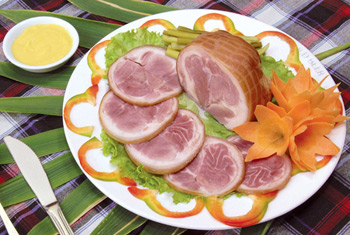 Quyển sách: Món ngon ngày tết
Quyển sách: Món ngon ngày tết
-
 Giám đốc Trung tâm Hoàng Kim được ghi nhận là thành viên tích cực của Hiệp hội thương mại điện tử Việt Nam (năm 2012)
Giám đốc Trung tâm Hoàng Kim được ghi nhận là thành viên tích cực của Hiệp hội thương mại điện tử Việt Nam (năm 2012)
-
video người mù vượt qua bóng tối (P1) (năm 2012)
-
 Giới thiệu 2: Đĩa âm nhạc tẩm quất người mù Hoàng Kim
Giới thiệu 2: Đĩa âm nhạc tẩm quất người mù Hoàng Kim
-
Tuyển dụng nhân viên làm tẩm quất ở Hoàng Kim
-
 Người giàu không ở... hai con mắt
Người giàu không ở... hai con mắt
-
Biển tẩm quất người mù bị trịch thu vì ảnh hưởng đến làng văn hóa
-
 Những ngón đàn xuyên suốt màn đêm
Những ngón đàn xuyên suốt màn đêm
-
.jpg) Hoàng kim trước thềm xuân mới.
Hoàng kim trước thềm xuân mới.
-
 Massage của người khiếm thị từ góc nhìn của một người “ngoại đạo”
Massage của người khiếm thị từ góc nhìn của một người “ngoại đạo”
-
 Xoa xát mắt để phòng cận thị và hoa mắt ở tuổi già
Xoa xát mắt để phòng cận thị và hoa mắt ở tuổi già

UNIT 2: Personal pronouns and ”to be”
(Đại từ nhân xưng và động từ ”to be”)
I. Grammar (ngữ pháp)
1. Personal pronouns (Đại từ nhân xưng)
a) Subject (chủ ngữ)
- Singular (số ít):
- I (tôi, tớ...)
- you (bạn, cậu...)
- he (anh ấy, chú ấy..)
- she (chị ấy, cô ấy...)
- it (nó)
- Plural (số nhiều):
- we (chúng ta, chúng tôi)
- you (các bạn)
- they (bọn họ)
b) Object (tân ngữ)
- Singular:
- me (tôi, tớ...)
- you (bạn, cậu...)
- him (anh ấy, chú ấy..)
- her (chị ấy, cô ấy...)
- it (nó)
- Plural:
- us (chúng ta, chúng tôi)
- you (các bạn)
- them (bọn họ)
- Examples (ví dụ):
- I see you. (tôi nhìn thấy bạn)
- We meet them. (chúng tôi gặp họ)
- She likes him. (chị ấy thích anh ấy)
- They play with us. (họ chơi với chúng tôi)
2. “To be”
- I am
- You are
- He/she/it is
- We are
- You are
- They are
(I’m: I am, You’re: You are, He’s: He is, We’re: We are, They’re: They are)
- Examples (ví dụ):
- I am a student (I’m a student) (tôi là một học sinh/sinh viên)
- He is a student (He’s a student) (anh ấy là học sinh/sinh viên)
- They are students (they’re students) (họ là những học sinh/sinh viên)
- I am from Vietnam. (mình đến từ Việt Nam).
- She is Vietnamese. (cô ấy là người Việt Nam).
- We are from England. (chúng tôi đến từ Anh).
- You are English. (bạn là người Anh).
- I am so happy.
- He is very sad.
- We are angry.
- They are lucky.
- noun (danh từ: student, book, pen...)
- singular nouns (danh từ số ít: one student, one book, one pen…)
- plural nouns (danh từ số nhiều: two students, two books, two pens...)
III. Exercises (bài tập)
1. Complete the dialogue.
Lucy: ... Tom!
Tom: Hello Lucy!
Lucy: How ... you?
Tom: I’m ..., thank you. ... you?
Lucy: I’m fine, too. ....
Tom: Nice .../... you, Lucy.
Lucy: ... to meet you too.
Tom: Goodbye. See you...
Lucy: Bye bye. ... you later.
- The dialogues are in a wrong order. Write them in the right order
(bài hội thoại sắp xếp sai trật tự. Sắp xếp cho đúng trật tự).
- Children: We’re fine, thank you. How are you?
Teacher: Good morning, children! How are you?
Childen: Bye.
Teacher: I am fine, thank you!
- Teacher: Fine, thanks. Goodbye.
Children: Good afterrnoon, teacher.
Teacher: Hello, children. How are you today?
3. Choose the right form of ”to be” from the bracket
(chọn ”to be” trong ngoặc cho đúng)
a) I ... (am, is, are) fine. Thank you.
b) He ... (are, am, is) a good student.
c) She ... (is, are, am) my teacher.
d) My name ... (is, am, are) Mary.
e) What ... (am, is, are) your name?
f) This book ... (is, are, am) bad.
g) Tom … (are, am, is) from England.
h) The students ... (are, am, is) from Vietnam.
i) Her child ... (is, am, are) so cute.
j) Her teacher ... (is, are, am) very nice.
k) Kate … (is, are, am) good.
- Replace the words in brackets with the right personal pronouns.
(thay thế từ trong ngoặc bằng một đại từ cho đúng)
a) My name is Anna. (Anna) ... am English.
b) This is Mai. (Mai) … is Vietnamese.
c) Tom is my dad. (Tom) ... is a teacher.
d) (Simon, Tom and me) ... are from England.
e) (Annika and Simon) ... are good in English.
f) Jerry is my child. (Jerry) ... is very cute.
g) Hey Sarah, hey Tom! How are... (Sarah and Tom)
h) Hey Sarah! How are ... (Sarah)?
Ý kiến độc giả
Các tin liên quan
- UNIT 1: Let’s learn English (học tiếng Anh)
- UNIT 3: Numbers (số)
- UNIT 4: Possessives (sở hữu) and "this, that, these, those”
- UNIT 5: Singular and plural (số ít và số nhiều)
- UNIT 6: Reflexives (đại từ phản thân)
- UNIT 7: Articles (mạo từ)
- UNIT 8: My day
- UNIT 9: Auxiliary verbs (trợ động từ) and sentence types (loại câu)
- UNIT 10: Present simple
- UNIT 11: Prepositions (giới từ)
Ảnh & vi deo sự kiện
-

Dự án tài trợ máy xông hơi cho Hội ng...
-

Hoàng Kim ra mắt Công ty cổ phần tư v...
-
Sinh nhật Website Hoàng Kim tròn 1 tu...
-

Tẩm quất người mù Hoàng Kim với công...
-
Kỷ niệm ngày người khuyết tật Việt na...
-
.jpg)
Tổng kết năm 2010 của Trung tâm Hoàng...
-
Tin nhanh
-
.jpg)
Sản phẩm - Dịch vụ
-
Khách hàng thân thiện
-

Nhân viên Hoàng Kim
tin tức mới
-
 Hoàng Xuân Hạnh - Hoàng Kim: Doanh nhân người khiếm thị được biểu dương năm 2018
Hoàng Xuân Hạnh - Hoàng Kim: Doanh nhân người khiếm thị được biểu dương năm 2018
-
 Doanh nhân khiếm thị tâm huyết / Chàng trai khiếm thị thành lập doanh nghiệp hỗ trợ nghề
Doanh nhân khiếm thị tâm huyết / Chàng trai khiếm thị thành lập doanh nghiệp hỗ trợ nghề
-
 Tôi mách bạn 6 Giải pháp hàng đầu để trở thành chuyên gia trong trị liệu: chữa bệnh và làm đẹp
Tôi mách bạn 6 Giải pháp hàng đầu để trở thành chuyên gia trong trị liệu: chữa bệnh và làm đẹp
-
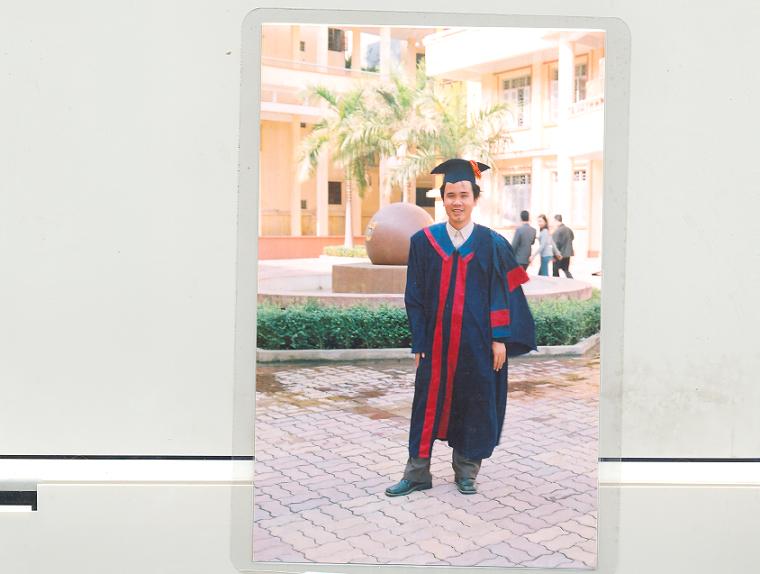 Giáo trình dạy học DDS – Điện sinh học
Giáo trình dạy học DDS – Điện sinh học
-
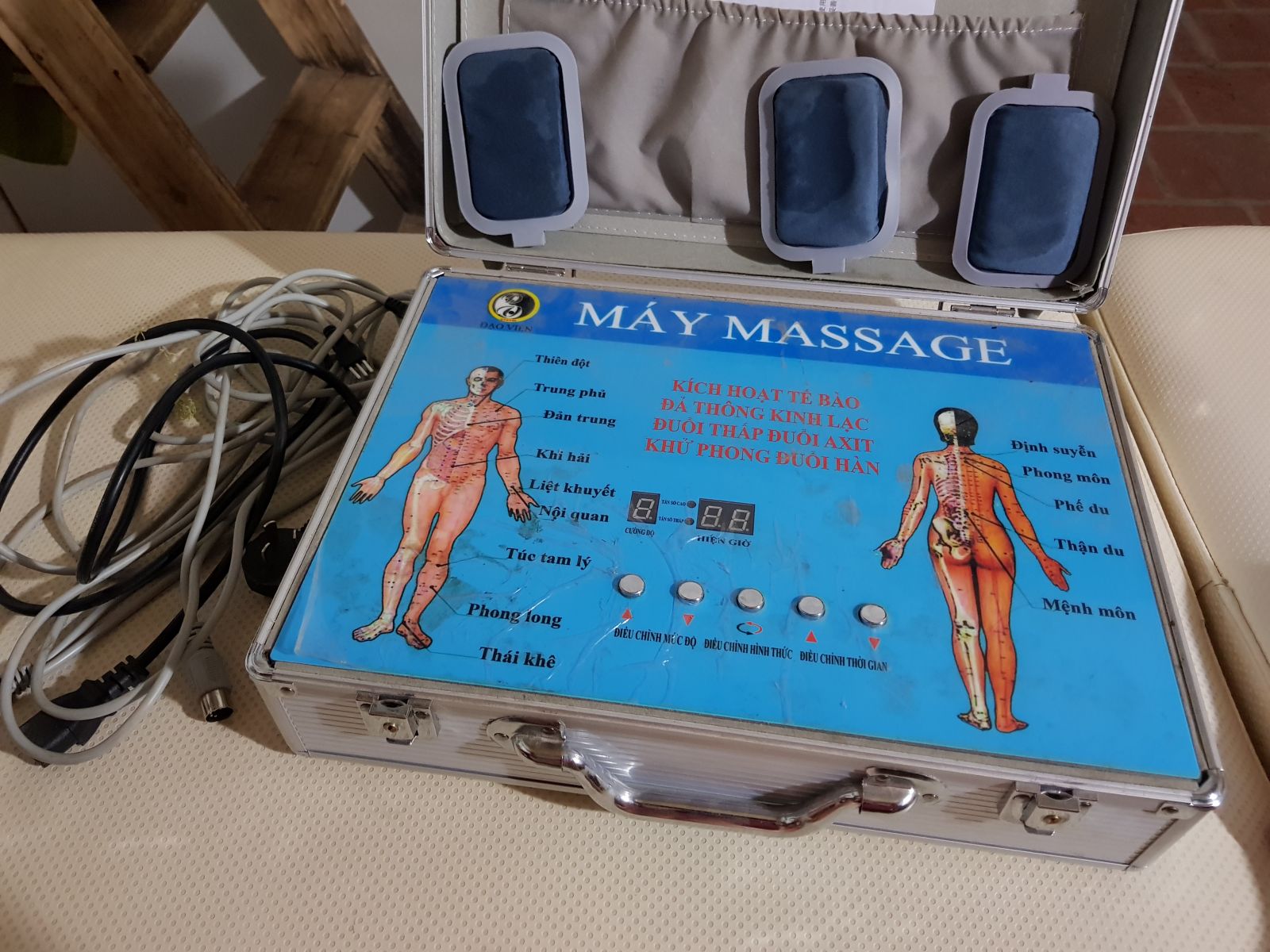 Ưu thế nổi bật của công nghệ DDS – Điện sinh học trong chữa bệnh và làm đẹp
Ưu thế nổi bật của công nghệ DDS – Điện sinh học trong chữa bệnh và làm đẹp
tin tức xem nhiều
-
 Hoàng Kim Massage thông kinh lạc toàn thân thải độc tố cơ thể, phục hồi sức khỏe, thổi bay những cơn đau bằng Công nghệ điện sinh học DDS
Hoàng Kim Massage thông kinh lạc toàn thân thải độc tố cơ thể, phục hồi sức khỏe, thổi bay những cơn đau bằng Công nghệ điện sinh học DDS
-
 Xoa xát mắt để phòng cận thị và hoa mắt ở tuổi già
Xoa xát mắt để phòng cận thị và hoa mắt ở tuổi già
-
 Dịch vụ đăng quảng cáo đặt Banner giá rẻ - Hiệu quả bất ngờ
Dịch vụ đăng quảng cáo đặt Banner giá rẻ - Hiệu quả bất ngờ
-
 Massage của người khiếm thị từ góc nhìn của một người “ngoại đạo”
Massage của người khiếm thị từ góc nhìn của một người “ngoại đạo”
Ủng hộ từ thiện



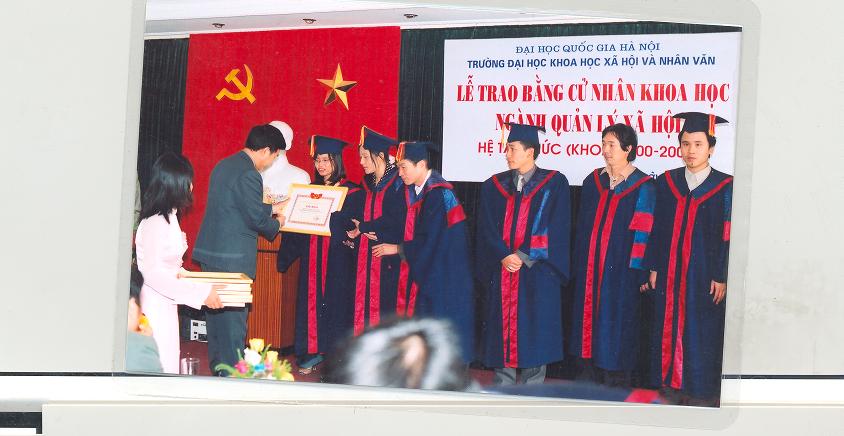



.JPG)

.JPG)



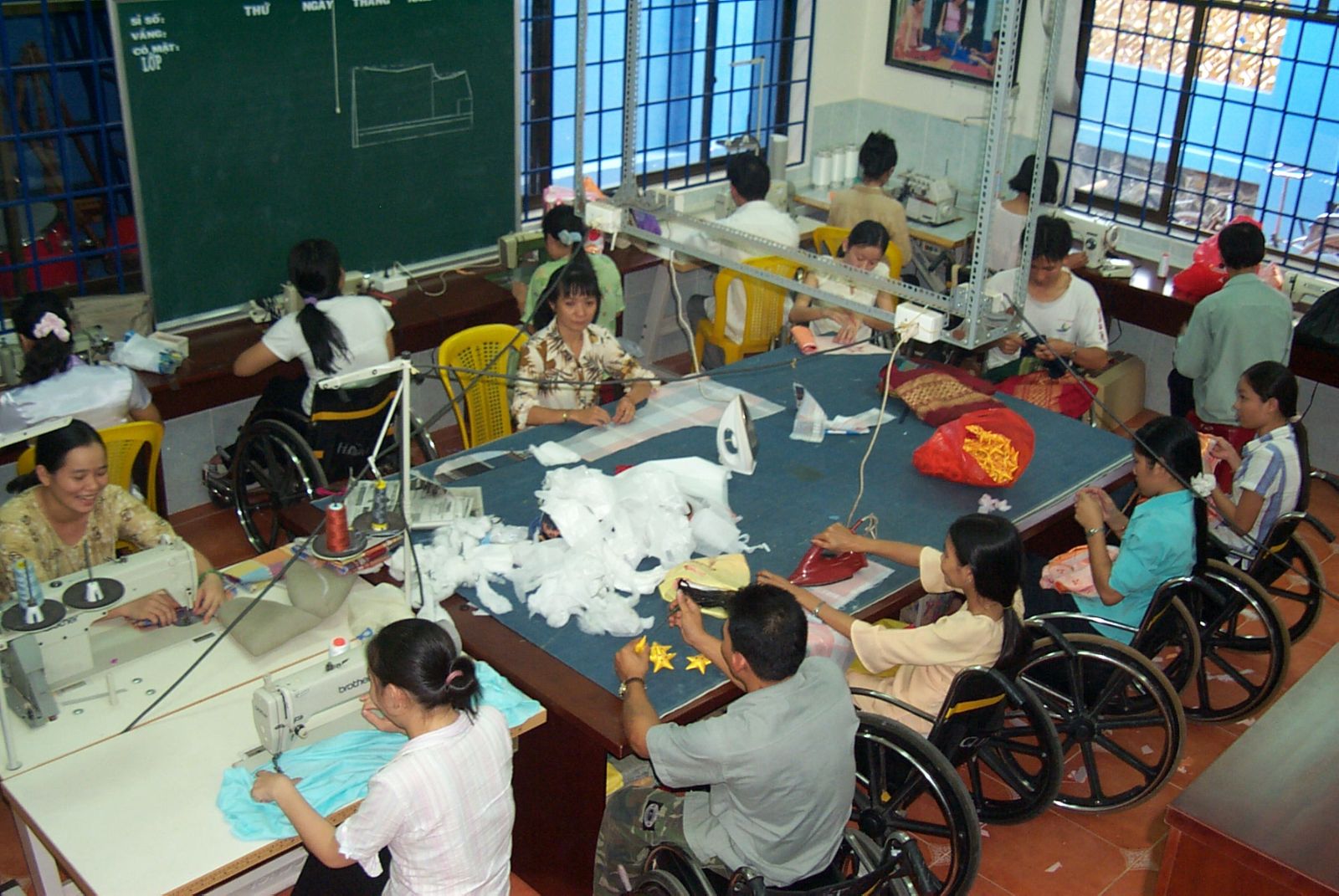



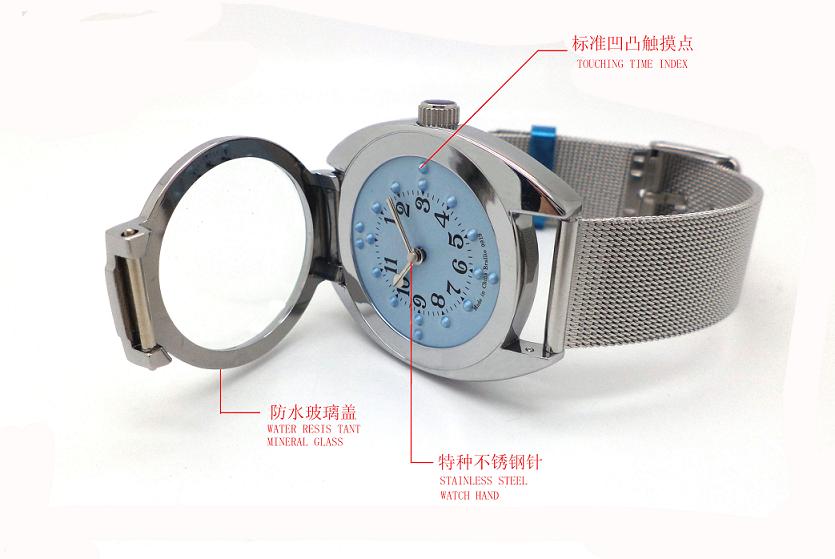
Bình luận